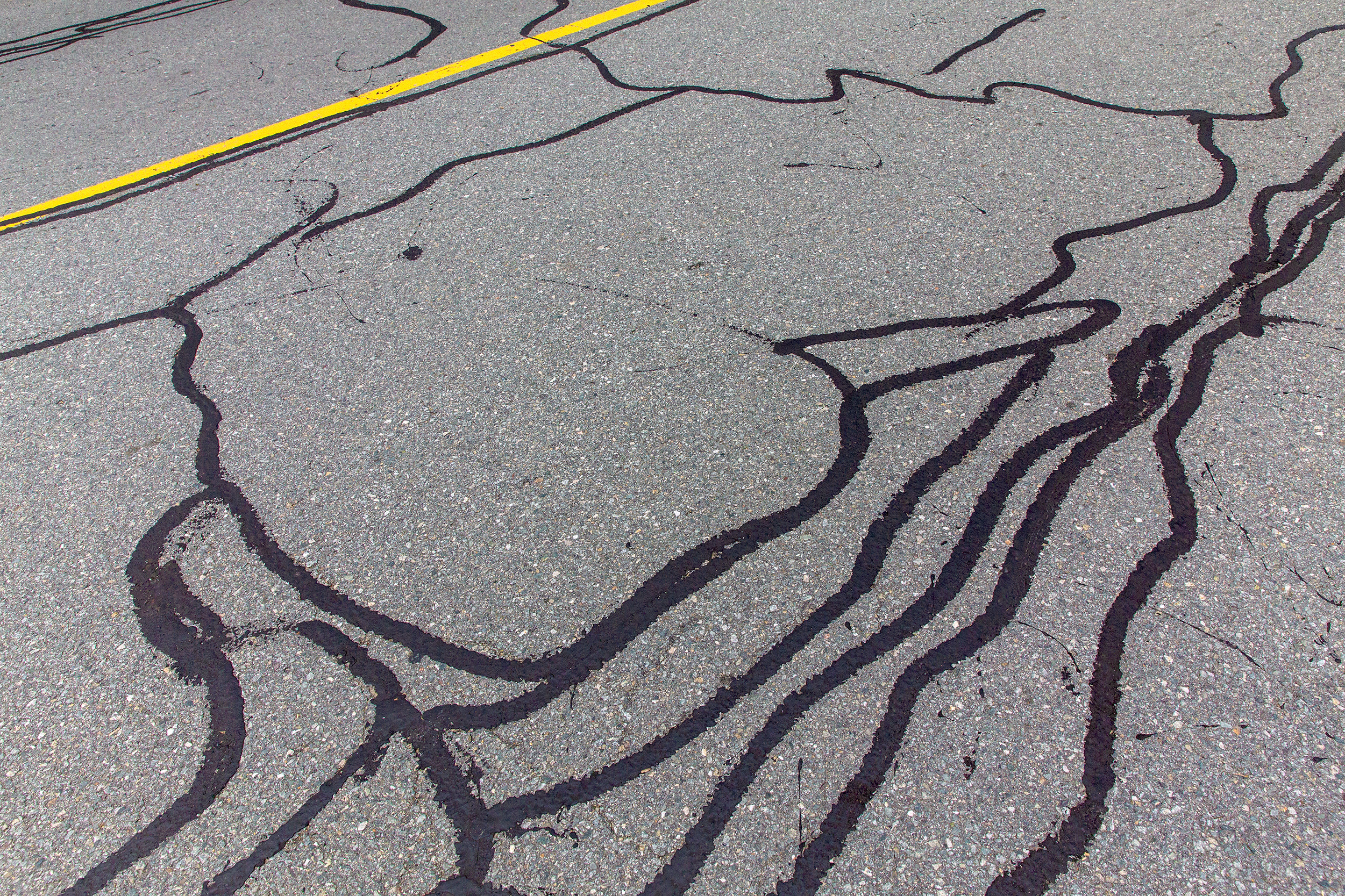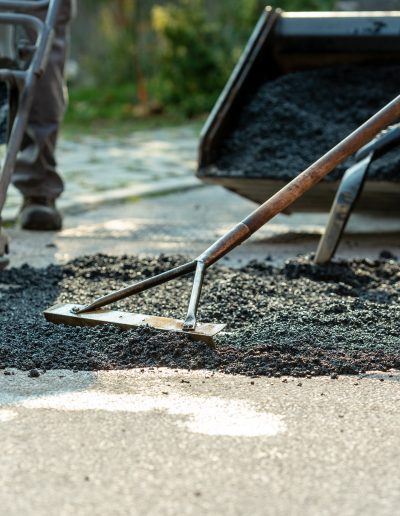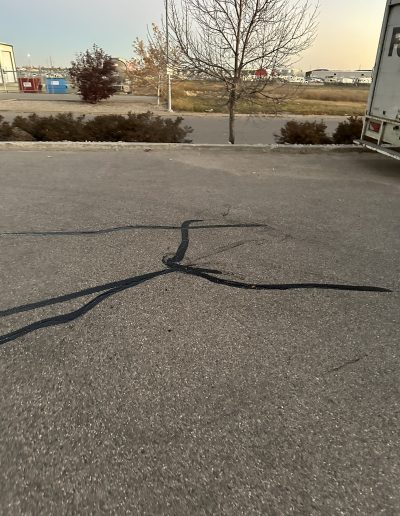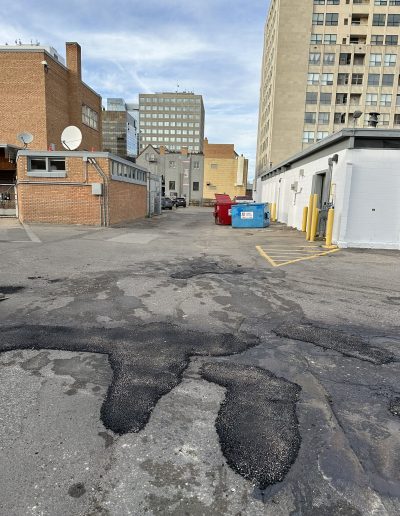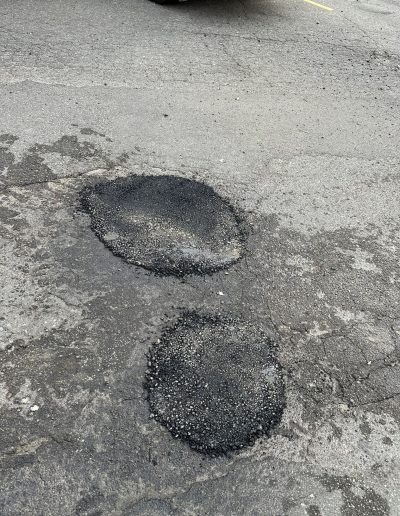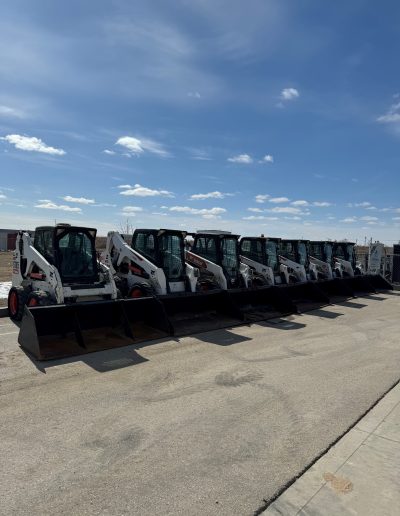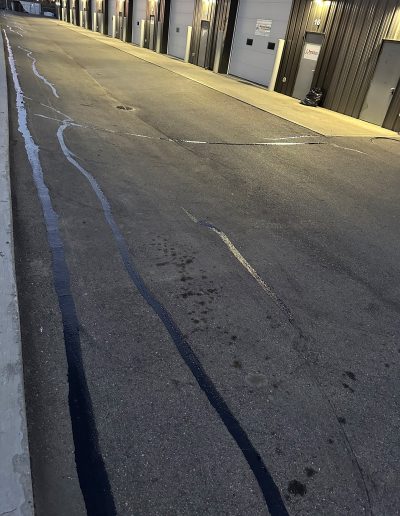Asphalt Paving & Repair
Pavement maintenance minimizes expensive rehabilitation and reconstruction costs in the future.
- Asphalt Overlay
- Asphalt Patching
- Crack Sealing
- Sweeping and Debris Removal
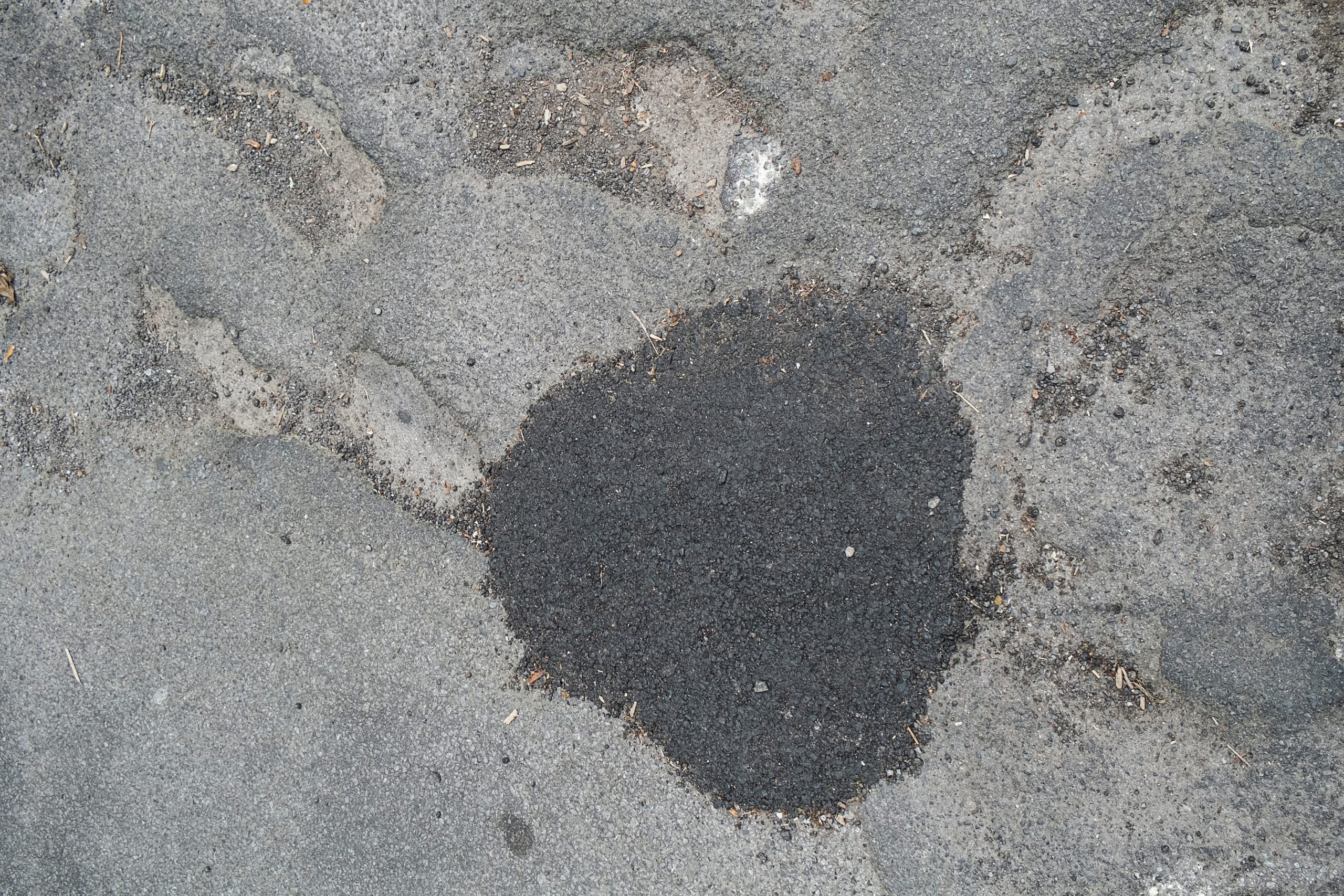
HOT MIX ASPHALT
Hot mix asphalt makes for a long-lasting patch that quickly develops strength and stability. It should be used whenever it is economical and practical.
Pothole Patching
Most pavement surfaces will require repairs in time. The kinds of defects may vary from minor abrasions to major holes. Prompt repair can prolong the service life of your pavement surface. There are a number of different ways to producing the repair and patching material needed.
Cold Mix Asphalt
Cold mix asphalt can be produced different ways. It can either be produced in a pug mill using asphalt emulsions or in a hot mix plant using cutback asphalts or asphalt emulsions. These materials have the look of a conventional surface coarse hot mix except they are workable at fluid temperature. They are developed to have a minimum stockpile life of at least six months.
Special Proprietary Cold Mixes
The specialty mixes use proprietary liquids to produce the cold mix and can be made cold through a pug mill or warm through a hot mix plant. They’re usually made with a small one-sized aggregate and are designed to have a stockpile life of at least six months.
Rubberized Crack Sealing
As part of pavement maintenance there are different processes that can help keep the surface network in good condition. One processes is the use of crack sealing and filling. Sealing is a localized treatment that is used to prevent water and debris from entering cracks in asphalt and concrete pavements. Crack sealants can be asphalt emulsions, asphalt cement and different types of rubberized asphalt. Crack sealing/filling can be a very effective pavement maintenance tool.
Asphalt Emulsion
Cold pour sealants can be anionic or cationic type emulsions containing modifiers such as polymers or fillers or can be stock asphalt emulsions. Typically they’re used in filling very narrow cracks.
Hot Pour
Hot pour crack sealants can be straight run asphalt cement, asphalt cement with modifiers such as fibres, rubber crumb, polymers, fillers or combinations of the modifiers and fillers. Different types of hot pour sealants can be used depending on the environmental conditions at the time and the width of the crack.
